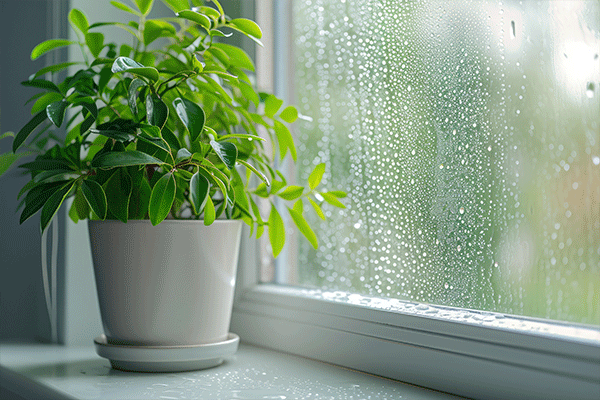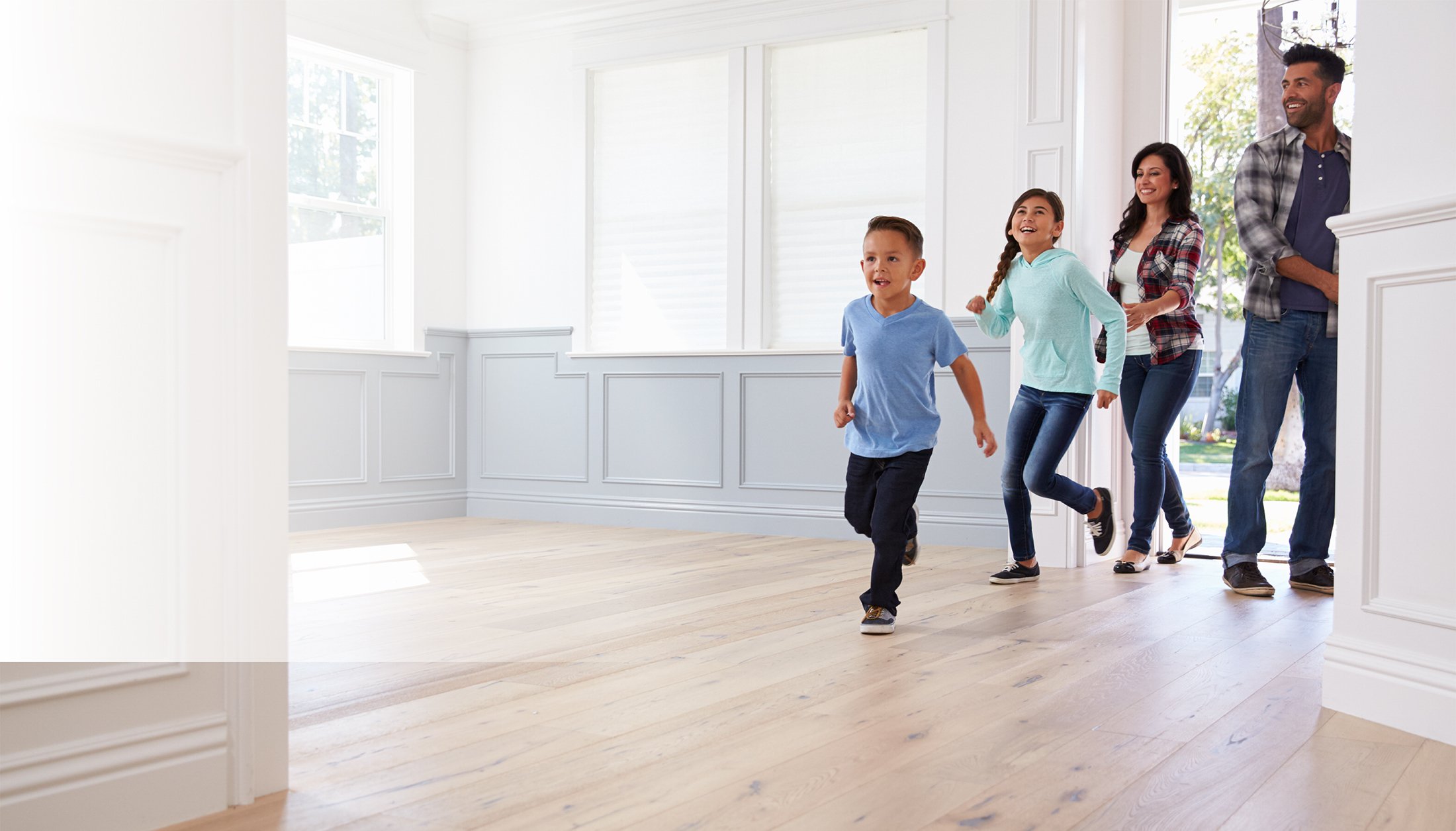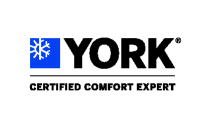
Are you feeling the heat and humidity this summer? Are you tired of feeling there’s no escape from the sticky air, even inside your house? Experiencing muggy air inside your house is a miserable way to spend the summer. High humidity levels make it uncomfortable and can contribute to a variety of health problems and even structural damage to your home. This guide offers practical steps on how to lower humidity in your home, ensuring a more comfortable and healthier living space.
1. Invest in a Whole House Dehumidifier
Installing a whole-house dehumidifier is one of the most effective solutions for controlling humidity levels. Unlike portable dehumidifiers, a whole-house system works with your HVAC system to remove excess moisture from the air throughout your home. The benefits of using a dehumidifier extend beyond just comfort. By maintaining optimal humidity levels, you can prevent mold growth, reduce allergens, and lower your energy costs as your air conditioner won't have to work as hard to cool damp air.
2. Improve Home Insulation
Improving your home’s insulation is another step in controlling indoor humidity. Proper insulation helps your home maintain its internal temperature, reducing the risk of condensation and moisture accumulation. Pay special attention to the attic, basement, and exterior walls. By keeping these areas well-insulated, you can significantly reduce the amount of humidity that enters and gets trapped inside your home.
3. Apply Weatherstripping for Doors and Windows
Gaps and leaks around doors and windows can allow moist air to seep into your home, increasing indoor humidity. Weatherstripping is a simple and cost-effective way to seal any leaks, helping to lower humidity and improving your home's energy efficiency by keeping cool air inside during the summer and warm air during the winter.
4. Address Condensation on Windows
Condensation on windows is a common sign of high indoor humidity. If you notice your windows frequently fog up, take steps to reduce indoor moisture. Use exhaust fans in high-moisture areas like the kitchen and bathroom, and ensure that your clothes dryer vents to the outside. Additionally, opening windows periodically when the weather is cool and dry can help ventilate your home and reduce humidity levels.
5. Regular HVAC Inspections
Regular HVAC inspections are crucial for maintaining an efficient and effective system. A well-maintained HVAC system can help effectively regulate your home’s temperature and humidity levels. During an inspection, a professional can identify and fix any issues causing increased humidity, such as leaks or inefficient operation. The benefits of HVAC inspections extend beyond humidity control; they can also improve efficiency, reduce energy costs, and extend the life of your equipment.
By following these steps, you can significantly reduce the humidity in your home, leading to a more comfortable and healthier living environment. Investing in a whole-house dehumidifier, improving home insulation, applying weatherstripping, addressing window condensation, and ensuring regular HVAC inspections, you can enjoy a fresher, drier, and more comfortable home year-round. Contact the team of HVAC professionals at G+S Heating and Air to learn more.












